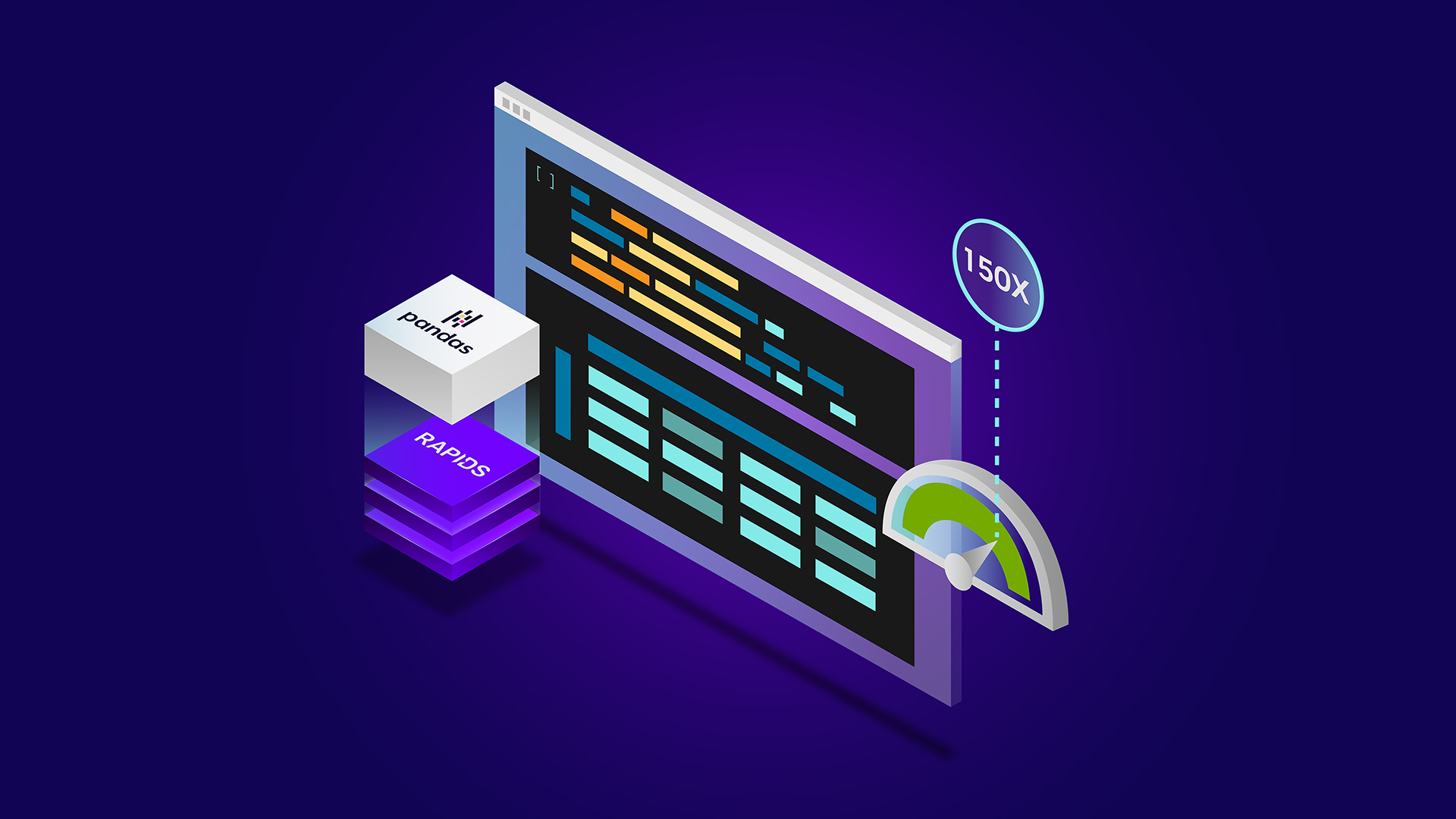Good afternoon all,
This is a great photo....this is the red board that Peter took to Silicon Valley from Belmont, Perth, where he also first met and became friends with Adam Osseiran, another top class individual, highly intelligent from Perth and the Chairperson of our SAB.
Peter had to sell his creation, 15+ years in creation, hours and hours of research, it wasn't easy for a man who I would call reserved, as in, not
an in your face kind of personality, the salesman, that just isn't Peter.
But he succeeded, through meeting a Mr Robert Mitro, who viewed Peters creation and thought, this guy is a genius, I'll back this guy from
down under, and the rest is history.....how far has Peter then Anil and the rest of us come, it's been an amazing journey and I'm only 8 years in,
that's like all the other Brainchip shareholders from 2015, prior to that was absolutely nothing to do with Peter or Brainchip Holdings Ltd, mining
was your investment, not technology, but I'm sure the company appreciates your continued support.
How good is January 2025 starting to sound, reevaluating my own position back in 2023, giving myself 2 years before making some personal
judgement calls on our company's performance and my investment, well listening to Sean today I just felt that, that call is shaping up very
nicely indeed...trusting in top quality individuals, meeting our leaders face-to-face, that's what I'm talking about.
So blessed to own a modest number of shares in an amazing, growing company, I just love our company and our morals.
2024 onwards, stay positive, trust in our staff, believe in our technology, our dream is so close to becoming a reality, lets all celebrate
together, we lead the planet in digital Spiking Neural Networks, AKD 3.0 is the next stop in this brilliant journey. God Bless Peter, Anil and
our entire worldwide team.
TECH






